China's population fell last year for the third straight year, pointing to further demographic challenges for the world's second-most populous nation, which is now facing both an aging population and an emerging shortage of working-age people.According to a government announcement today, China's population stood at 1.408 billion at the end of 2024, a decline of 1.39 million from the previous year.New data also showed that the Chinese economy expanded at a 5 per cent annual pace in 2024, slower than the year before but in line with Beijing's target of "around 5 per cent" growth, helped by strong exports and recent stimulus measures.
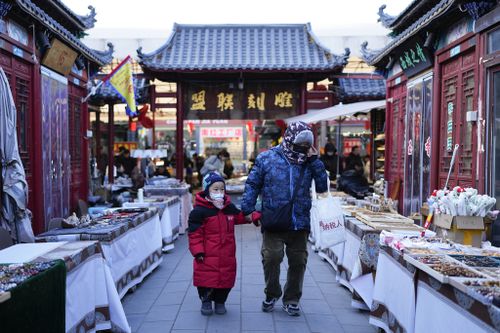
China's population fell last year for the third straight year. (AP Photo/Aaron Favila)In quarterly terms, the economy grew 5.4 per cent in October-December, the government reported Friday, beating economists' forecasts.The population figures announced by the government in Beijing follow trends worldwide, but especially in East Asia, where Japan, South Korea, Hong Kong and other nations have seen their birth rates plummet.Three years ago, China joined Japan and most of Eastern Europe among other nations whose population is falling.The reasons are in many cases similar: rising living costs are causing young people to put off or rule out marriage and childbirth while pursuing higher education and careers. While people are living longer, that's not enough to keep up with rate of new births.Countries such as China that allow very little immigration are especially at risk.China has long been among the world’s most populous nations, enduring invasions, floods and other natural disasters to sustain a population that thrived on rice in the south and wheat in the north.Following the end of World War II and the Communist Party’s rise to power in 1949, large families re-emerged and the population doubled in just three decades, even after tens of millions died in the Great Leap Forward that sought to revolutionise agriculture and industry and the Cultural Revolution that followed a few years later.
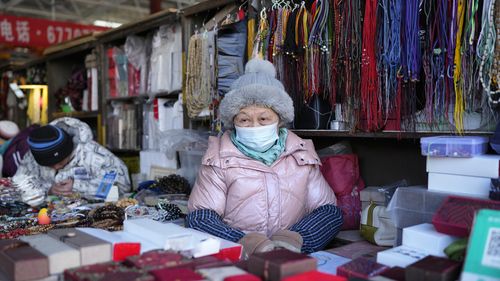
China is now facing both an aging population and an emerging shortage of working-age people. (AP Photo/Aaron Favila)After the end of the Cultural Revolution and leader Mao Zedong's death, Communist bureaucrats began to worry the country’s population was outstripping its ability to feed itself and began implementing a draconian one-child policy.Though it was never law, women had to apply for permission to have a child and violators could face forced late-term abortions and birth control procedures, massive fines and the prospect of their child being deprived an identification number, effectively making them non-citizens.Rural China, where the preference for male offspring was especially strong and two children were still ostensibly allowed, became the focus of government efforts, with women forced to present evidence they were menstruating and buildings emblazoned with slogans such as “have fewer children, have better children".The government sought to stamp out selective abortion of female children, but with abortions legal and readily available, those operating illicit sonogram machines enjoyed a thriving business.That has been the biggest factor in China’s lopsided sex ratio, with as many as millions more boys born for every 100 girls, raising the possibility of social instability among China’s army of bachelors.Today's report gave the sex imbalance as 104.34 men to every 100 women, though independent groups give the imbalance as considerably higher.More disturbing for the government was the drastically falling birthrate, with China’s total population dropping for the first time in decades in 2023 and China being narrowly overtaken by India as the world’s most populous nation in the same year. A rapidly aging population, declining workforce, lack of consumer markets and migration abroad are putting the system under severe pressure.
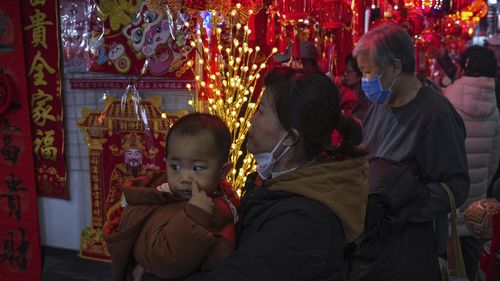
Disturbing for the government is China's drastically falling birthrate. (AP Photo/Andy Wong)While spending on the military and flashy infrastructure projects continues to rise, China’s already frail social security system is teetering, with increasing numbers of Chinese refusing to pay into the underfunded pension system.Already, more than one-fifth of the population is aged 60 or over, with the official figure given as 310.3 million or 22 per cent of the total population.By 2035, this number is forecast to exceed 30 per cent, sparking discussion of changes to the official retirement age, which is one of the lowest in the world.With fewer students, some vacant schools and kindergartens are being transformed into care facilities for older people.Such developments are giving some credence to the aphorism that China, now the world’s second-largest economy but facing major headwinds, will “grow old before it grows rich".Government inducements including cash payouts for having up to three children and financial help with housing costs have had only temporary effects.
Economy beat expectations, but annual growth slows
China's economy grew faster in the December quarter than what had been forecasted, but annual growth has been slowing as the aging population puts pressure on the nation's finances.Exports accelerated as companies and consumers rushed to beat potential tariff hikes incoming US president Donald Trump may impose on Chinese goods."The national economy was generally stable with steady progress and new achievements were made in high-quality development," according to the report by the National Bureau of Statistics."Particularly, with a package of incremental policies being timely rolled out, the social confidence was effectively bolstered and the economy recovered remarkably," it said.
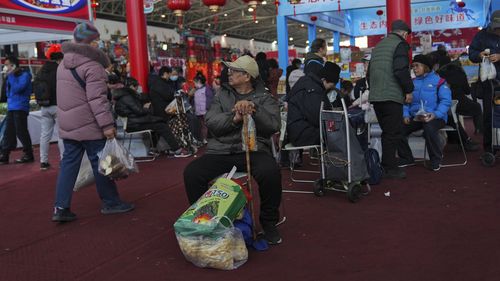
Annual economic growth has been slowing as the aging population puts pressure on China's finances. (AP Photo/Andy Wong)Manufacturing was a strong engine for growth last year, with industrial output jumping 5.8 per cent from a year earlier. Total retail sales of consumer goods grew 3.5 per cent at an annual rate.Exports expanded 7.1 per cent in annual terms, while imports grew 2.3 per cent.The world's second largest economy has struggled with weaker consumer spending and resulting deflationary pressures as its recovery after the COVID 19 pandemic faltered and the property sector, once a main driver of business activity, fell into a downturn.The Chinese economy grew at a 5.2 per cent annual rate in 2023, and economists have forecast that it will slow further in coming years.Some economists say the economy is growing at a slower pace than shown in official estimates."The precise achievement of the official growth target is highly dubious at a time when most indicators of economic activity and financial markets are flashing red," Eswar Prasad, an economics professor at Cornell University, said."The economy continues to be beset by a combination of weak domestic demand and persistent deflationary pressures, in addition to a hostile external environment that could limit exports."
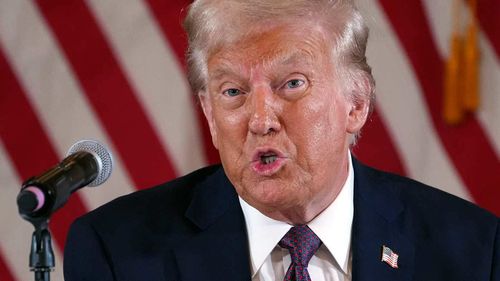
Donald Trump has promised to hit Chinese goods with significant tarrifs. (AP)Trump, who will be inaugurated next week, has pledged to increase US import duties on Chinese goods. This week, the Biden administration also imposed further restrictions on exports of advanced semiconductors and technology as it sought to maintain the US lead on advanced technologies and block China's access.The ruling Communist Party has rolled out a series of stimulus measures, including reducing banks' reserve requirement ratios, cutting interest rates and frontloading billions from its budget in 2025 to fund construction projects.Those incremental moves need to be accompanied by broader structural reforms, some economists say, that will improve productivity and make the economy less reliant on construction and export manufacturing.Scant social safety nets, meanwhile, lead families to save rather than spend, and falling housing prices and weak stock prices have hurt household wealth, compounding the problem."China needs a strong and multi-pronged policy package to revive growth momentum," Prasad said."Such a package would need to include substantial and well-targeted monetary and fiscal stimulus, complemented by reforms and other measures to revive private sector confidence."

